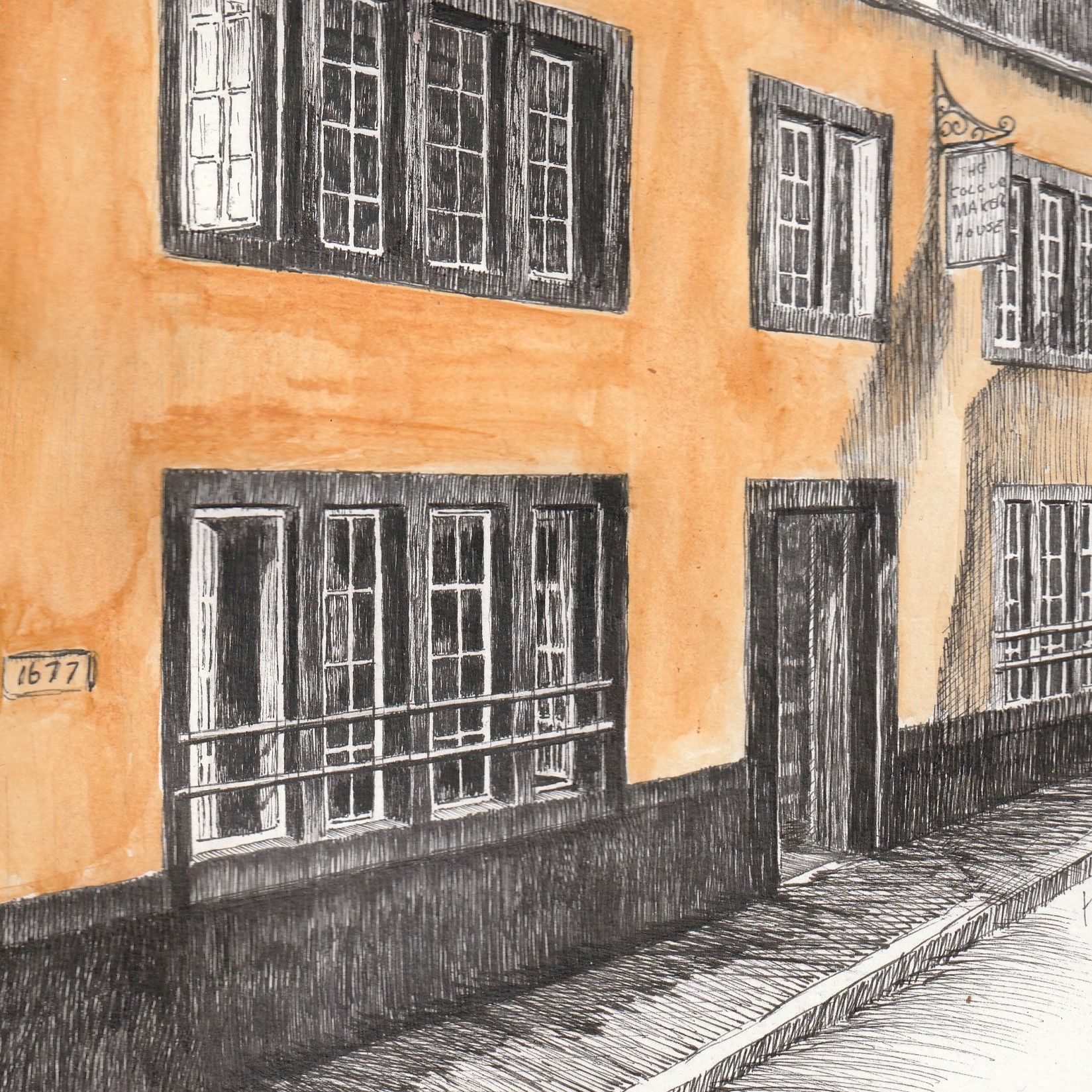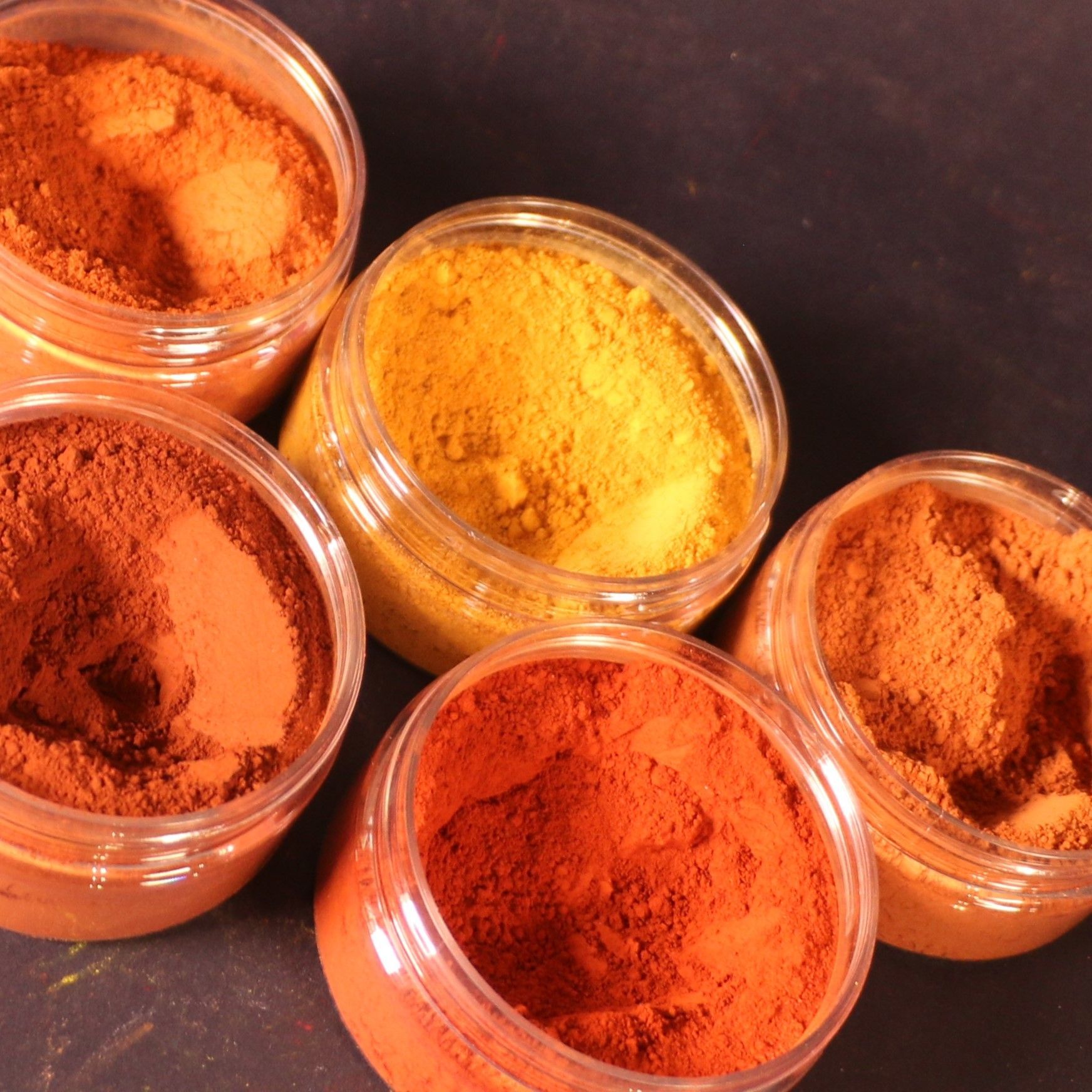
Alchemy at the Historic Colour Maker's House
on the edge of the Lake District - 017683 53530
Are earth pigments lightfast?
Lightfast pigments don't change colour when exposed to light, and natural earth ochres, umbers and shades of purple.
Lightfastness refers to a pigment's ability to resist fading or changing colour when exposed to light over time. Most earth and many mineral pigments are relatively lightfast and can be used in art or decorative applications that will be exposed to sunlight for extended periods without noticeable fading.
However, it should be noted that copper carbonate pigments such as azurite and malachite mineral pigments are lightfast. The synthetic versions, particularly the historic blue bices, change colour when used with oil mediums, turning green as they react to the acid in the oil.
Which Earth Pigments Are Most Lightfast?
There is no definitive list of most lightfast earth pigments, as the lightfastness of a pigment can vary significantly. It depends on several factors, including the specific pigment, its formulation, and the conditions under which it is used. This variability underscores the need for artists to research and understand the lightfastness of their pigments.
The earth pigments that are generally considered to be relatively lightfast include:
Iron oxides, such as red iron oxide (also known as hematite), yellow iron oxide (also known as limonite), and brown iron oxide (also known as goethite).
Titanium Dioxide
Ultramarine Blue (made from the mineral lazurite or Lapis Lazuli)
It's important to note that even lightfast earth pigments can fade or change colour over time if exposed to intense or prolonged light. Therefore, it's always a good idea to take proper care to protect your artwork or decorative projects from exposure to light. This practice is crucial in preserving the beauty and integrity of your work over time.






All Rights Reserved | Pure Pigments & The Colour Makers House